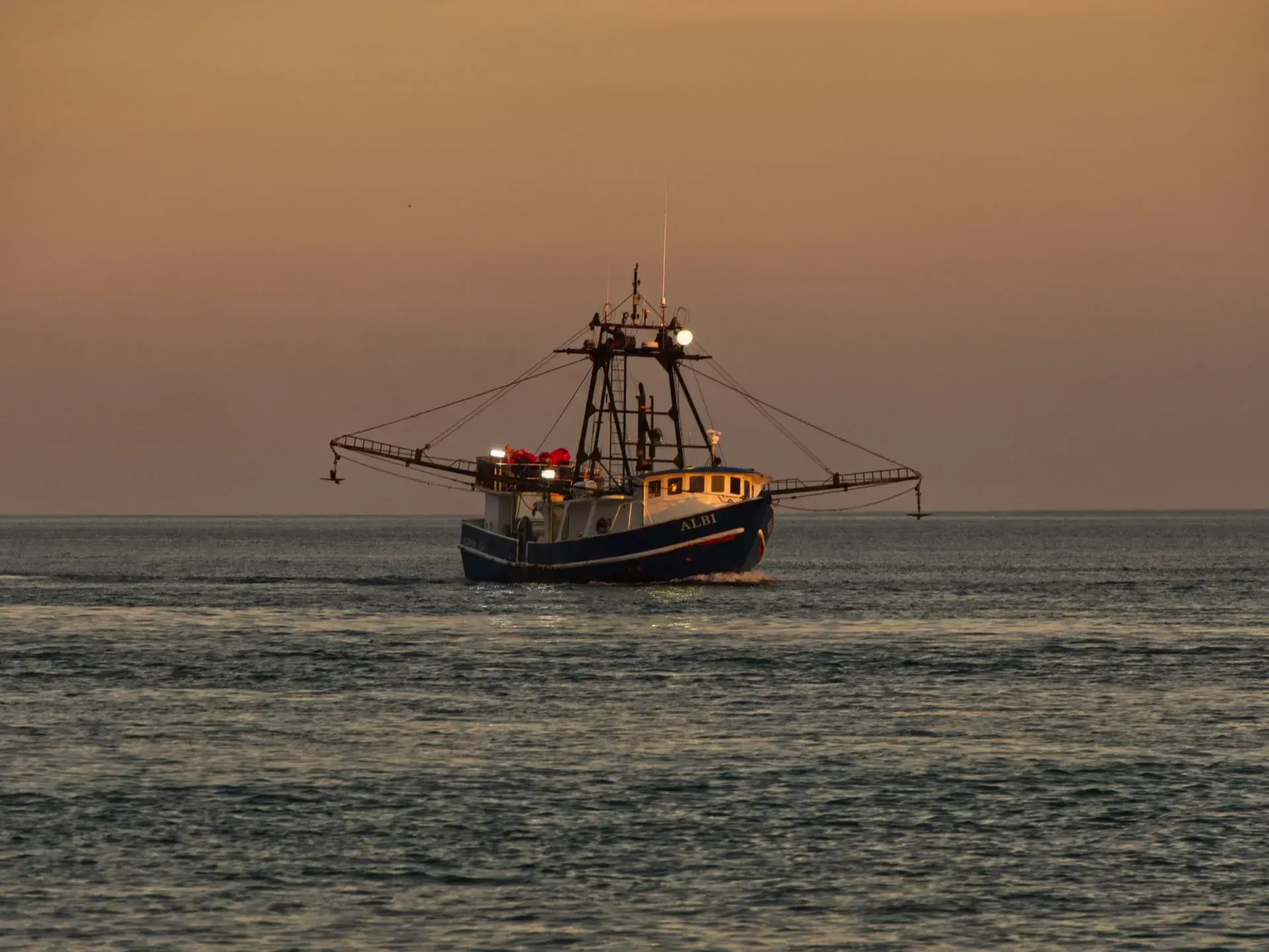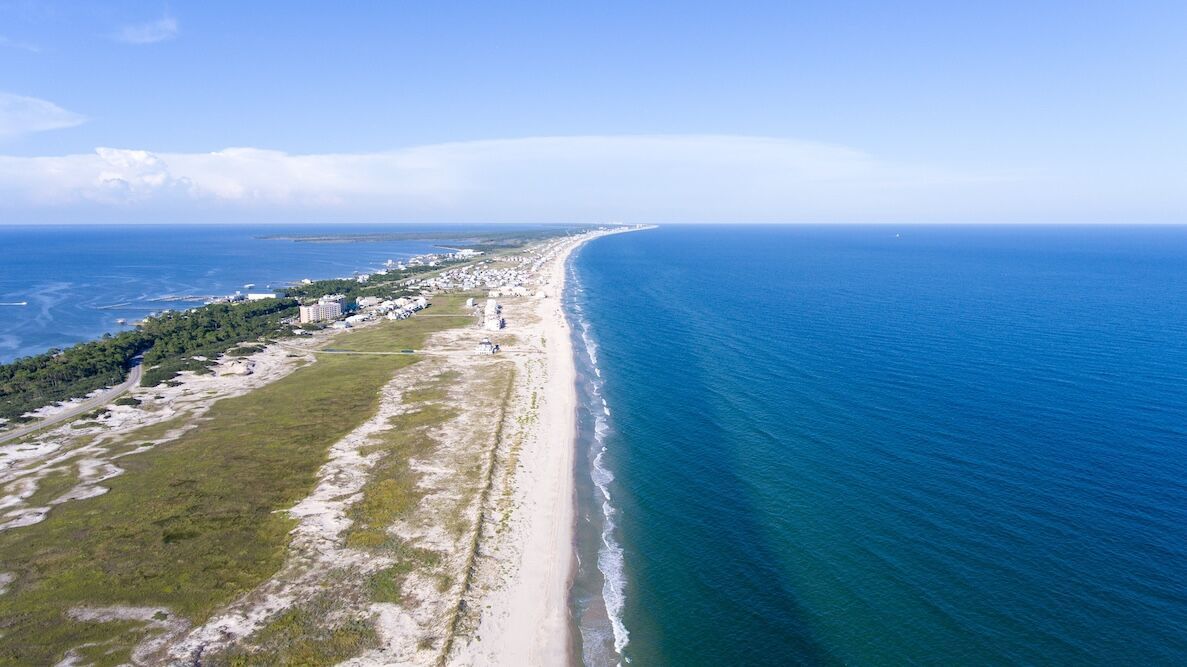Wild Caught Gulf Shrimp Stock Remains Strong
Ken Cooper • November 12, 2024
Gulf shrimp are plentiful and sustainable states NOAA

The Gulf of Mexico's shrimp industry, encompassing species such as white, pink, and brown shrimp, has long been a cornerstone of the region's economy and culture. Recent assessments by NOAA Fisheries affirm that these shrimp populations are neither overfished nor subject to overfishing, underscoring the sustainability of U.S. wild-caught shrimp.
The sustainability of this fishery is attributed to robust management practices. U.S. shrimp fisheries are mandated to employ bycatch reduction devices and turtle excluder devices, minimizing unintended capture of non-target species and protecting marine habitats. Additionally, gear restrictions are enforced to safeguard bottom habitats from trawl gear impacts.
Despite these sustainable practices, the domestic shrimp industry faces significant economic challenges. The influx of inexpensive imported farmed shrimp has driven market prices down, while operational costs for U.S. shrimpers have risen. Preliminary data indicate a 38% decline in revenue from $329 million in 2022 to $204 million in 2023, even though landings remained relatively stable.
In response, NOAA Fisheries has initiated the Shrimp Futures Initiative, aiming to collaborate with industry stakeholders to identify challenges and explore potential solutions. This initiative seeks to ensure the continued viability of the U.S. shrimp industry while maintaining its commitment to sustainable practices.
Consumers are encouraged to support the domestic shrimp industry by purchasing U.S.-harvested shrimp, thereby contributing to the sustainability and economic health of Gulf Coast communities.
Recent Posts

























